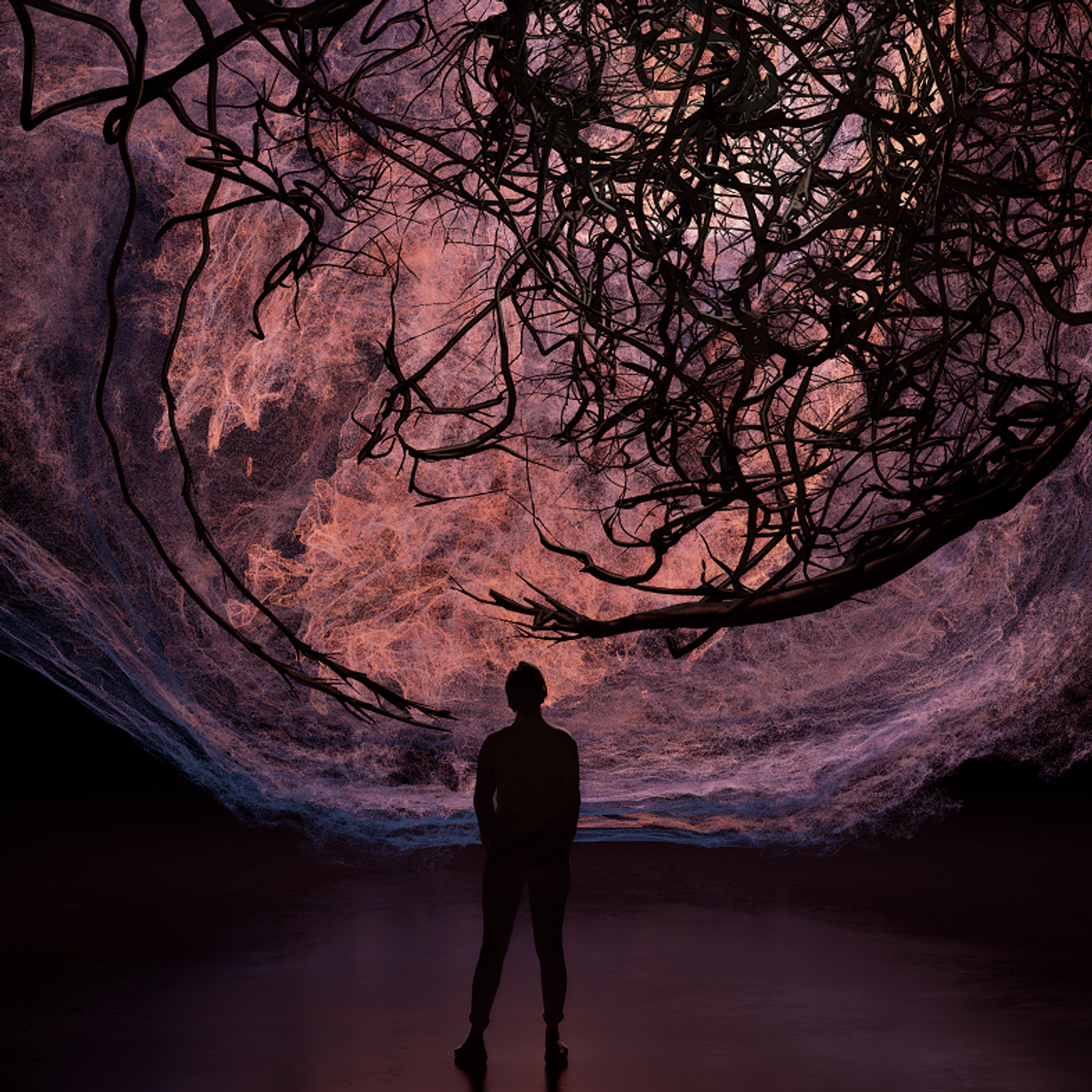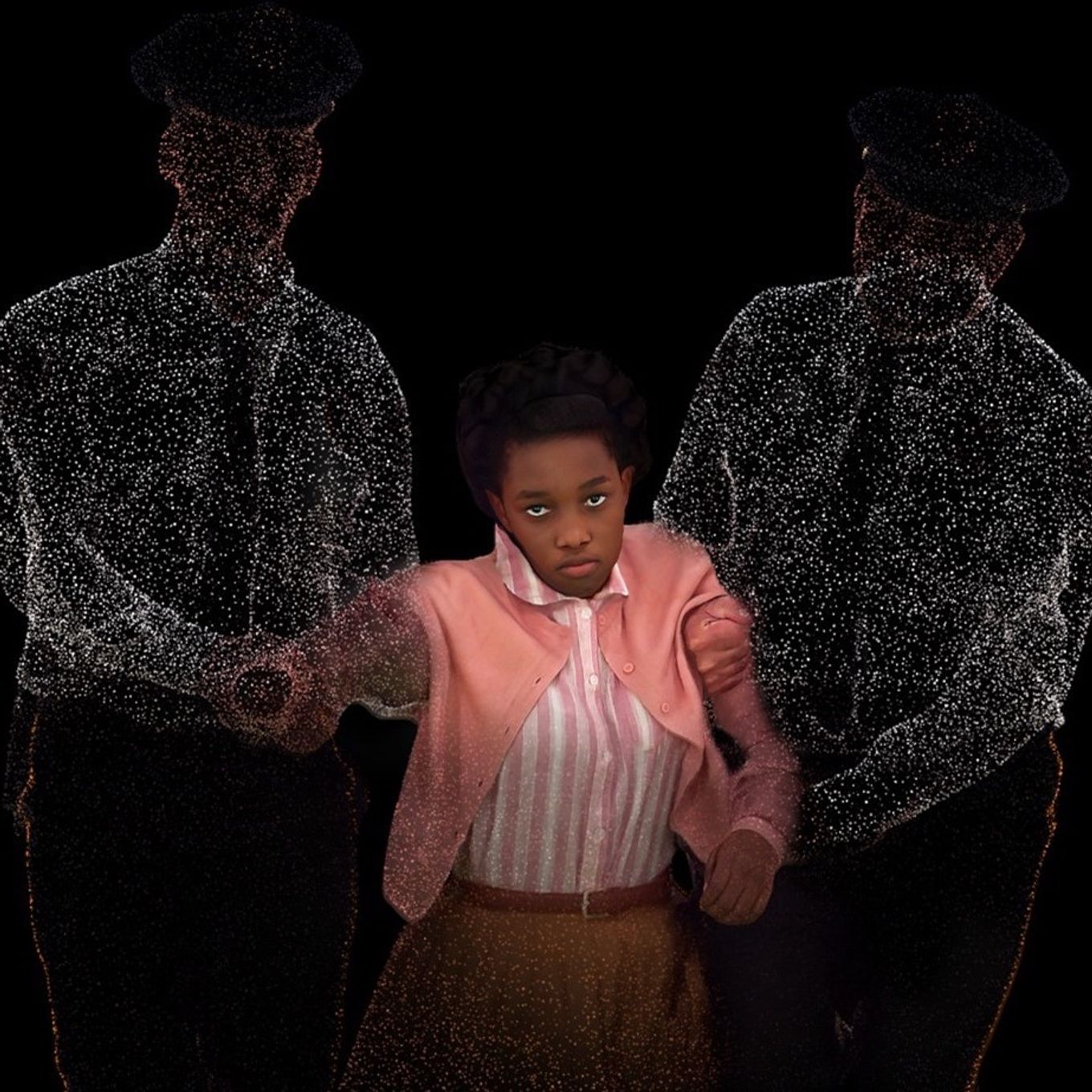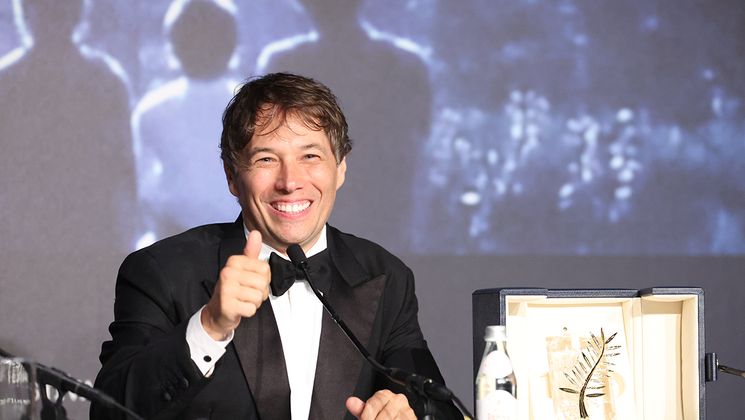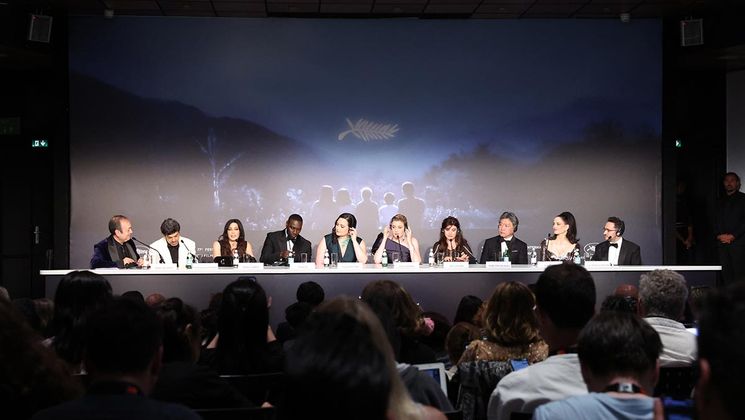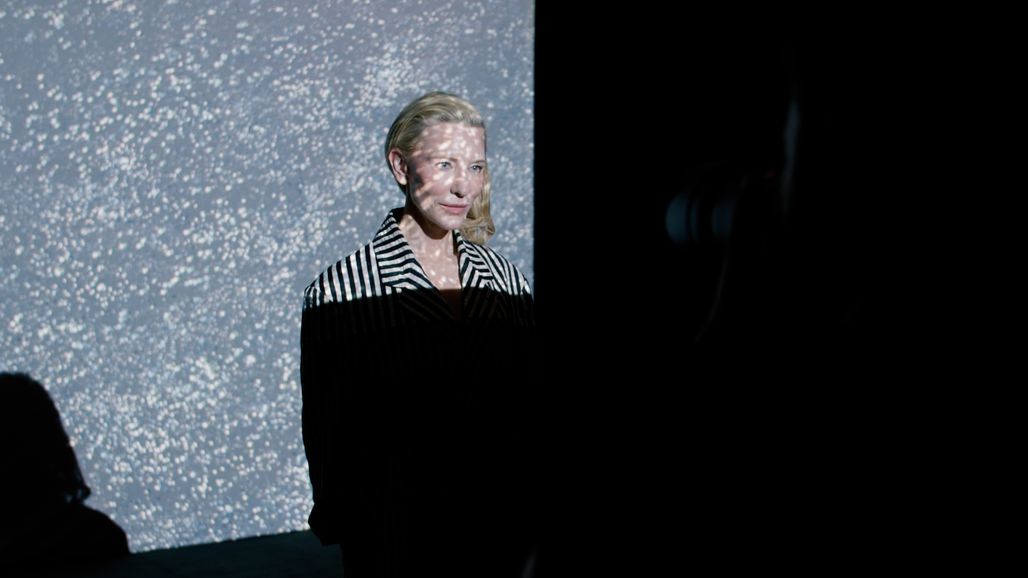
Immersive Competition at Cannes: towards new stories to tell

Film industry epicentre the Festival de Cannes reached a milestone moment in 2024, with the brand-new Immersive Competition and its Jury chaired by director and screenwriter Marie Amachoukeli (Àma Gloria): a bold breakthrough that seeks to elevate film higher than ever before. Paving the way for new and innovative narrative forms, the first edition saw eight films in Competition alongside eight out-of-Competition works by film-makers including actor Cate Blanchett. The Immersive Competition took place from 15 to 24 May at the Cineum and the Université Côte d’Azur’s Georges Méliès Campus, and has succeeded in revolutionising how we see and experience film today.
Beyond the two-dimensional
The transition towards immersive on-screen experience is a major breakthrough in the art and industry of story-telling. Alejandro González Iñárritu’s avant-garde Carne y Arena (Virtually Present, Physically Invisible), screened in 2017, was a pioneering virtual reality installation that invited audiences to experience life as Mexican and Central American migrants on their poignant journey across the American border. Iñárritu put VR technology to work in capturing the human condition, in a full-blown immersion where the public could “step into migrants’ shoes, skin and hearts” (Alejandro González Iñárritu).
“The Immersive Competition is a continuation of the Festival de Cannes’ founding values: exploring new ways of story-telling, and drawing on new tools to do so.”
– Elie Levasseur, Immersive Competition project director
An active experience
In these new forms of artistic expression, the viewer becomes an active participant for the very first time. This year, the Festival decided to embrace innovation and its role as a trailblazer with an entire competition given over to immersive film.
The works screened at Cannes drew on cutting-edge technology such as virtual reality (VR) and augmented reality (AR) to craft experiences that transcend the boundaries of traditional film. In Noire (Colored), Stéphane Foenkinos and Pierre-Alain Giraud’s augmented reality immersive installation inspired by a Tania de Montaigne essay, viewers are plunged into segregation-era America. Similarly, Evolver serves up a journey through the human body guided by Cate Blanchett’s breath and voice.
By breaking away from what Iñárritu calls the “dictatorship of the frame”, these pieces treated viewers to a fully immersive experience, prompting them to react to the narrative environment and creating a new form of story-telling in the process, in which the lines between artist and audience are blurred, and a deeper, more personal connection to the film is born.

An immersive exhibition
These immersive works were exhibited in a 1,300 m² space at the Cineum, the Cannes La Bocca multiplex, and at the Georges Méliès Campus that specialises in the film, photography and storytelling industries. This space allowed festival-goers and Marché du Film accredited attendees to experience the works throughout the Festival.
The works on display were accessible to all accredited attendees, opening them up to a broad audience and in the process helping to expand an awareness and appreciation of this new art form.
A new era for film
By dedicating space to these immersive works, the Festival de Cannes is platforming the pioneering creatives busy experimenting with immersive storytelling, and is consolidating its role as a champion of cutting-edge innovation in film. This new narrative dimension promises to transform the way we share and experience stories, offering up endless possibilities for artists and a profoundly enriching immersion for audiences.
As the Festival de Cannes 2024 draws to an end, the winners of the Immersive Competition look set to reshape our relationship with film through the in-depth changes that lie ahead for the generations to come.
On Thursday 23 May, this first edition of the Immersive Competition ended with the Jury awarding Tania de Montaigne, Stéphane Foenkinos and Pierre-Alain Giraud’s Noire (Colored) the Award for Best Immersive Work.
VIEW THE IMMERSIVE COMPETITION SELECTION
